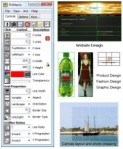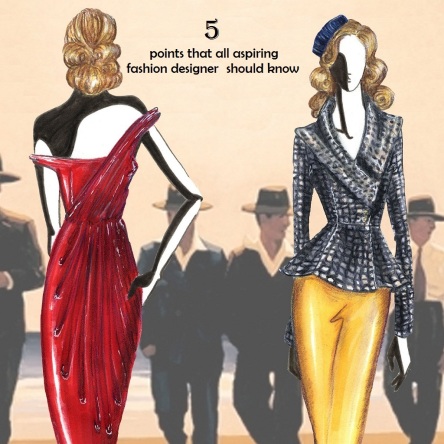
Nowadays, designing clothes has become easier with the use of clothing design software. With the use of such software, creating clothes has never been more fun. If you have the creative flair to create what has never been seen before, then all you need are state-of-the-art tools, and we have five of the best for your perusal.
C-Design Fashion
With C-Design Fashion, designers are able to automate and modernize the entire creation and production process for its collections. C-Design Fashion is a complete and efficient software package that is designed specifically to meet the needs of the ready-to-wear industry. Leveraging the superior graphics capabilities and ease of use that CorelDraw is known for, C-Design Fashion is the most powerful software for fashion design and technical pack creation on the market. Now customers can choose a single software solution that supports the full creative life cycle including design, textile drawing, technical packages, collection plans, line sheets and visual merchandising.
kaledo v3r3
This software specifically dedicated to the fashion industry’s design teams to meet all their requirements. The Kaledo range includes the Kaledo Collection application for designing collections along with Kaledo Print, Kaledo Knit and Kaledo Weave, the textile applications for creating original prints, knits and yarn-dyed woven fabrics respectively. This innovative offer lets them produce more designs and validate collections faster by improving the communication flow between designers and everyone involved in product development.
Realistic Apparel Templates Pack
Realistic Apparel Templates Pack (Front and Back) is a tool for use in the presentation of custom t-shirts online with both a front and back custom image. This pack comes with over twenty preset apparel templates which can be varied by color, lying flat of ghosted, or even tight or gently wrinkled versions of the desired t-shirt image. Users are able to utilize this software for many of their t-shirt image needs, including high resolution product previews. The image clippings are easy to place and can be used with PSD (8 and 16 bit), PNG, TIFF, or High Resolution JPEG.
Gerber Accumark 10.
Gerber Technology, a world leader in integrated solutions for the apparel and industrial markets. With Accumark you can quickly create new patterns or modify existing ones, use powerful shortcuts to automatically apply common pattern changes. You can also perform even the most complicated grading calculations instantly. Accumark allow designers to share 3D images and motion files, furthering collaboration and centralization of data. Designers will have a real-life visualization of designs and be able to make pattern corrections that can then be seen in 3D
Phimatrix professional
- phiMatrix gives you a design tool that overlays any image in any other software.
- You’ll use design templates based on nature’s secret of design, the golden ratio.
- You’ll select a template to complement your project with just a few clicks of a mouse, or easily create your own. (See examples of uses)
- You’ll make great composition and design decisions in seconds.
- Your results will be as unique and creative as you, yet use the same principles of design found in nature. Others will see them as natural and innately pleasing.
For more please visit www.designerstuffs.com and be part of the change where we can make it possible.








